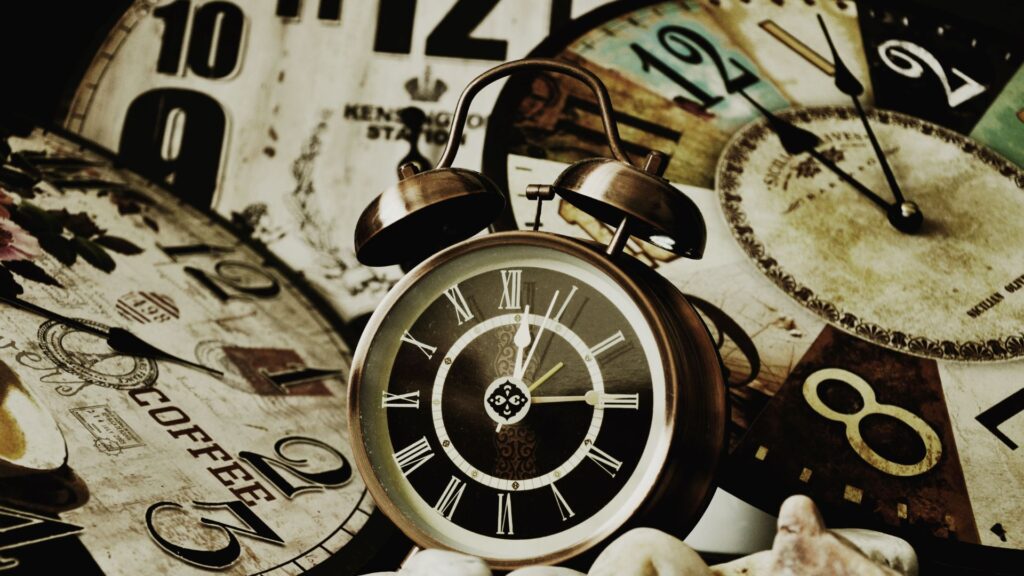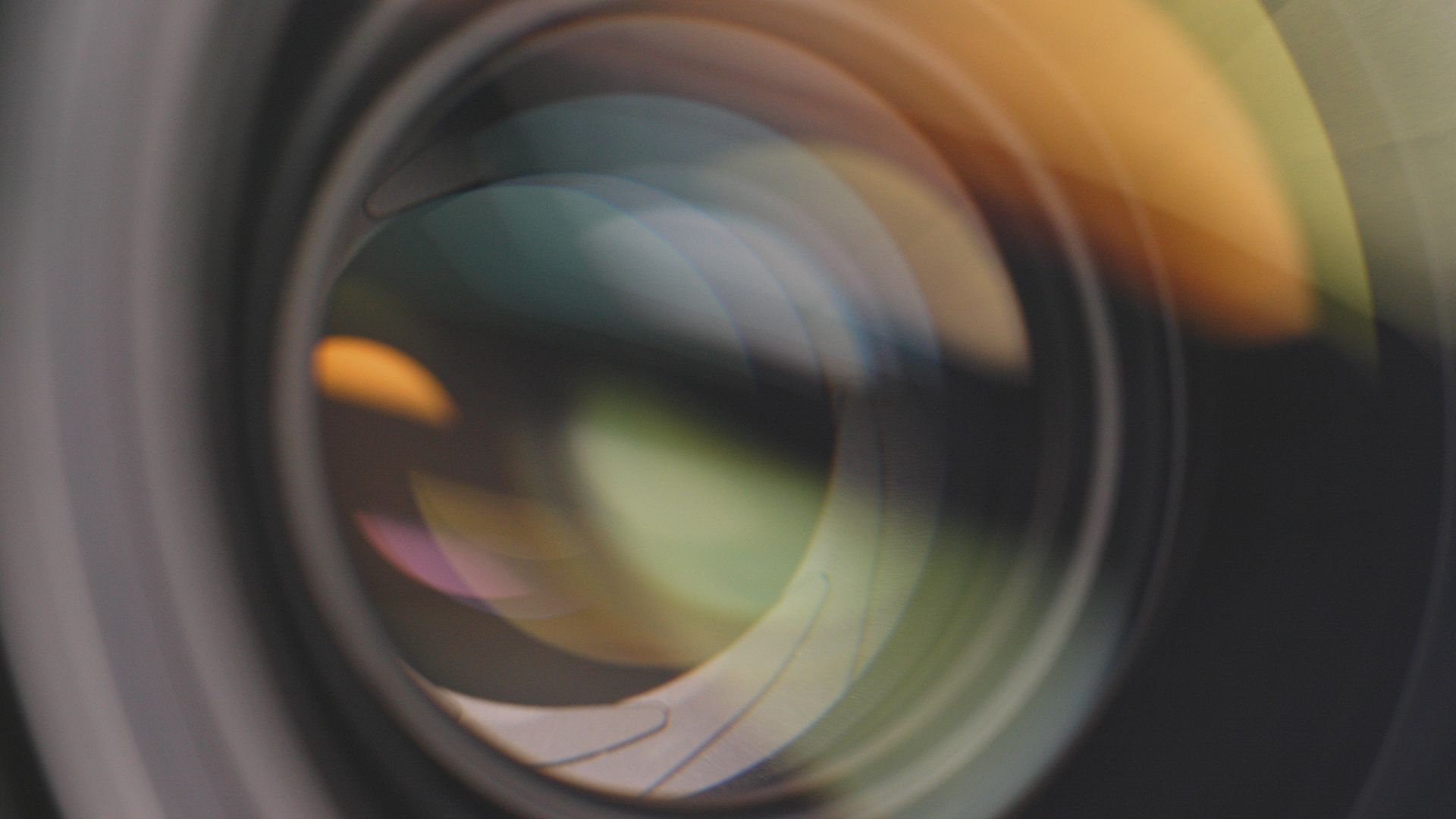Your camera shoots at up to 60 frames per second. The SCARF scientific device, designed by a Canadian team, goes up to 156.3 trillion images per second. Objective: to capture previously elusive events.
It is a number so large that its meaning will escape anyone. Monday March 25, a team working at the National Institute of Scientific Research (INRS), in Canada, introduced a completely new kind of camera. A camera so responsive that even the term “ultra-fast” would probably not be enough to describe its performance.
Advertisement
And for good reason: the INRS team has designed a system that can capture up to 156.3 trillion images per second. In decimal writing, this represents 156,000,000,000,000,000 (the number 156, followed by fifteen zeros). It’s an infernal pace which, according to the INRS, “ pushes the boundaries of optical imaging. »
Developed in the Energy Materials Telecommunications Center (CEMT), the device received the name SCARF, for real-time femtophotography with coded and swept aperture (swept-coded aperture real-time femtophotography, in English). It was also the subject of a publication in the journal Nature Communications.

Here we find ourselves light years away from what we usually find in current electronic devices. For a simple point of comparison, video recording on an iPhone is set by default to 30 frames per second. Other modes exist depending on the model, but the highest frequency reaches double, at 60 frames per second.
Cameras providing high-speed recording are available on the market. Their velocity is measured in hundreds or thousands of images per second. Professional models, designed for the industrial sector or for the world of cinema, are also to be considered, but nothing that is comparable to the SCARF.
Advertisement
156.3 trillion images/second, for science
Of course, the ambitions are not to capture trivial things, like drops of water falling in slow motion, or the distortion of a face sneezing. Current cameras are more than sufficient to satisfy entertaining uses. Here, the aim is to capture extremely rapid, difficult to reproduce or unique events.
For example, this can be the mechanics of shock waves in living cells or in matter, optical chaos, or laser ablation. Observations that can “ serve to develop better pharmaceutical products and medical treatments as well as improve the mechanical properties of materials. » Physics, biology, chemistry, materials science, engineering: many fields would benefit from it.
This is not the first time that the INRS team has distinguished itself in this field.
In 2018, she had distinguished herself with the technology of T-CUP (10-trillion-frame-per-second compressed ultrafast photography), itself derived from the CUP method (compressed ultrafast photography), acronym for compressed high-speed photography. The CUP method then approached 100 billion images per second. At the time, INRS claimed a system capable of capturing 10 trillion images per second (10−13) with the T-CUP solution.


In fact, SCARF is on the femtosecond scale (10−15), one of the smallest divisions of time. To get a landmark, a femtosecond is to the second what a second is to approximately 31.7 million years. In one femtosecond, light has time to travel a distance of 0.3 micrometers.
It's amazing, but not as much as the attosecond, which is the scale below (10-18). Here, there are almost as many attoseconds in a second as there are seconds in the age of the universe (a little over 13.8 billion years). History does not yet say whether after the SCARF, there will be the SCARA, designed precisely for attophotography.


Understanding matter and the Universe with physics
